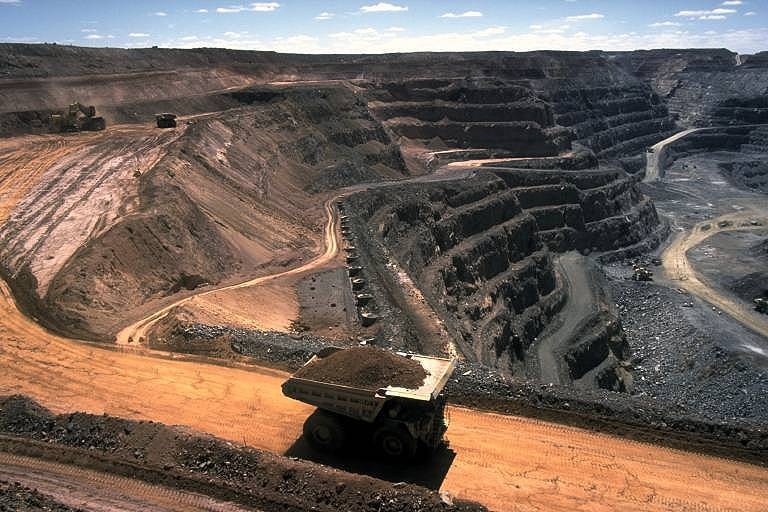Coal Strip Mine

Stephen Codrington
Coal is the fossilized remains of ancient swamps where plant growth was fast, and the plant life was buried and preserved in the swamp as it died. While swamps still exist today, most of the coal we use as fossil fuels are from swamps that formed 300 to 400 million years ago. The carbon within the dead plants, which was pulled from the atmosphere as carbon dioxide, became trapped underground and form hydrocarbons under certain conditions of heat and pressure. Animal remains contributed too, but most of the biomass was from plants. Very few plants become hydrocarbons because most decompose at the Earth’s surface, and the carbon within their leaves trunks, and roots heads back to the atmosphere. The carbon sequestered in the slow carbon cycle in fossil fuels such as coal, oil, and gas is brought back into the fast carbon cycle when we burn fossil fuels.
Strip mines like this one have other impacts on the environment, changing the natural ecosystem, and increasing the risk of flash flooding during storms.
For More Information: How the Geosphere Rocks Climate